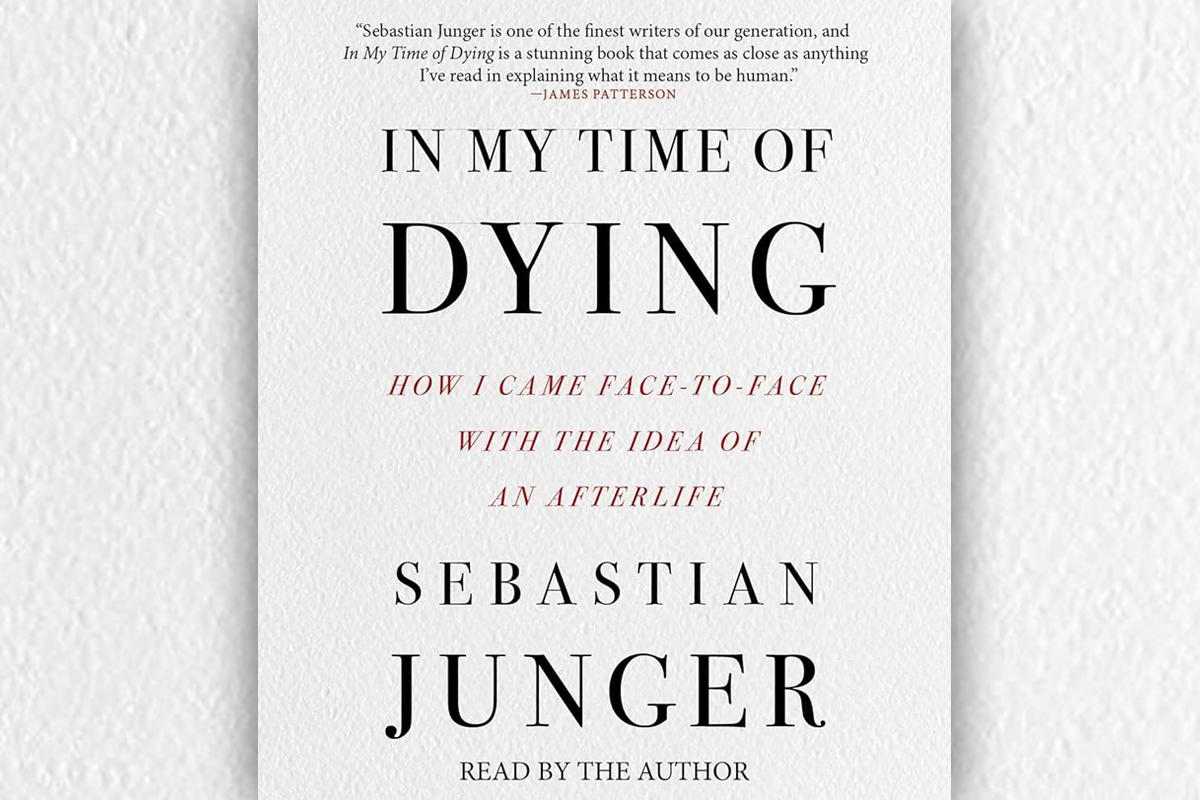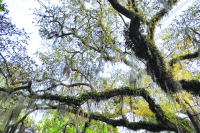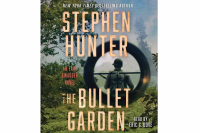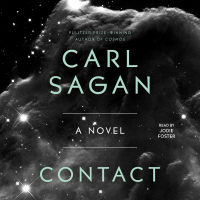Sebastian Junger on death, visits and physics

Every once in a while, I find myself engrossed in a book that suddenly delivers my ignorance to me on a silver platter.
Most of what I read can be easily swallowed and digested, but then along comes that book, almost always non-fiction, whose subject matter is as unfamiliar to me as poulet au vinaigre is to my palate. A talented writer will keep me at the table, but the exotic fare leaves me gobsmacked and mystified.
Contrary to what some may think, this confusion can be exhilarating. Ignorance comes to me as a charmer, fresh-faced and innocent, like some sparkling young people I know. He pats me on the shoulder, offers a kind smile and gently says, “Now, now. Don’t take it so hard. The world’s a damn complicated piece of machinery, and you can’t comprehend, or even know, everything.”
All of these things happened when I recently read Sebastian Junger’s “In My Time of Dying: How I Came Face-to-Face with the Idea of an Afterlife” (Simon & Schuster, 2024, 176 pages).
Readers are likely familiar with Junger through books like “The Perfect Storm,” “War” and “Tribe.” He’s also a war correspondent, known for his work in places like Afghanistan. Throughout “In My Time of Dying,” Junger recounts various moments when his life seemed dependent on a roll of the dice, mostly in combat.
But it was on a quiet New England morning in 2020 when Death knocked at Junger’s door, entered the foyer, and slammed into the 58-year-old via a ruptured aneurysm. Rushed by ambulance to Cape Cod Hospital, Hyannis, which was an hour away, Junger quickly became the focal point of a “Code Crimson,” which is hospital jargon for patients faced with life-threatening hemorrhaging. As we read his blow-by-blow account of the battle to save his life — he remembered some details, he reconstructed others after his near-miraculous recovery — Junger continually compliments the doctors, nurses, and other staff who fought for him. Those of us reading this odyssey of pain and confusion can only hope and pray that if we, or our loved ones, experience some equally dire medical crisis, we’ll land in such competent hands as these.
Related Items
During Junger’s near-death encounter — according to one doctor, he was 10 to 15 minutes from expiring — his father appeared to him. “He’d been dead eight years,” Junger writes, “but there he was, not so much floating as simply existing above me and slightly to my left …. ‘It’s okay, there’s nothing to be scared of,’ he seemed to be saying. ‘Don’t fight it. I’ll take care of you.’”
Once home again, Junger can’t get this encounter with his father out of his head. He investigates other near-death experiences, what the survivors saw and heard on the journey away from their physical selves. Several of these cases are quite remarkable, such as that of Pam Reynolds, who in 1991 essentially had her blood chilled, and her heart and breathing artificially stopped, for surgery on a brain aneurysm. When she woke, she reported conversations among the surgical team and spoke of meeting several dead relatives.
But these were not the incidents that baffled me. No — it was Junger’s references to quantum physics I had trouble wrapping my head around.
Junger’s father was a physicist, and a brilliant man, but the physicists discussed here were leaders in that field, like Max Planck, Ludwig Boltzmann, Erwin Schrödinger, Casimir Liszinki and several others. If I’m reading him correctly, Junger is attempting to find in the theories of these physicists a possible connection to life after death. On his website he describes this part of the book as a “rational inquiry into the ultimate unknowable mystery.” Rational his argument may be, but my ignorance of physics also makes it unknowable.
The Wikipedia entry on Sebastian Junger casually and bluntly reports, “He is an atheist,” which helps explain his employment of rational inquiry as a tool for digging into an unknowable mystery. Here he and I part ways, for I lack the faith necessary to be a devout atheist.
Interestingly, at the very end of “In My Time of Dying,” Junger’s rationalism makes room for sentiment and romanticism. Here he describes a camping trip taken in his younger years with his father, who had never slept out-of-doors. He realizes today how much his father trusted him on that outing, “how much he must have loved me.” He then concludes:
“We’re all on the side of a mountain shocked by how fast it’s gotten dark; the only question is whether we’re with people we love or not. There is no other thing — no belief or religion or faith — there is just that. Just the knowledge that when we finally close our eyes, someone will be there to watch over us as we head out into that great, soaring night.”
No believer in God would so casually dismiss the comforts that faith may bring, yet Junger’s sentimental turn here expresses the deep human need for comfort of some kind when face-to-face with the mysteries, and for some, the terrors, of death.
(Jeff Minick reviews books and has written four of his own: two novels, “Amanda Bell” and “Dust On Their Wings,” and two works of nonfiction, “Learning As I Go” and “Movies Make the Man.” This email address is being protected from spambots. You need JavaScript enabled to view it..)

















